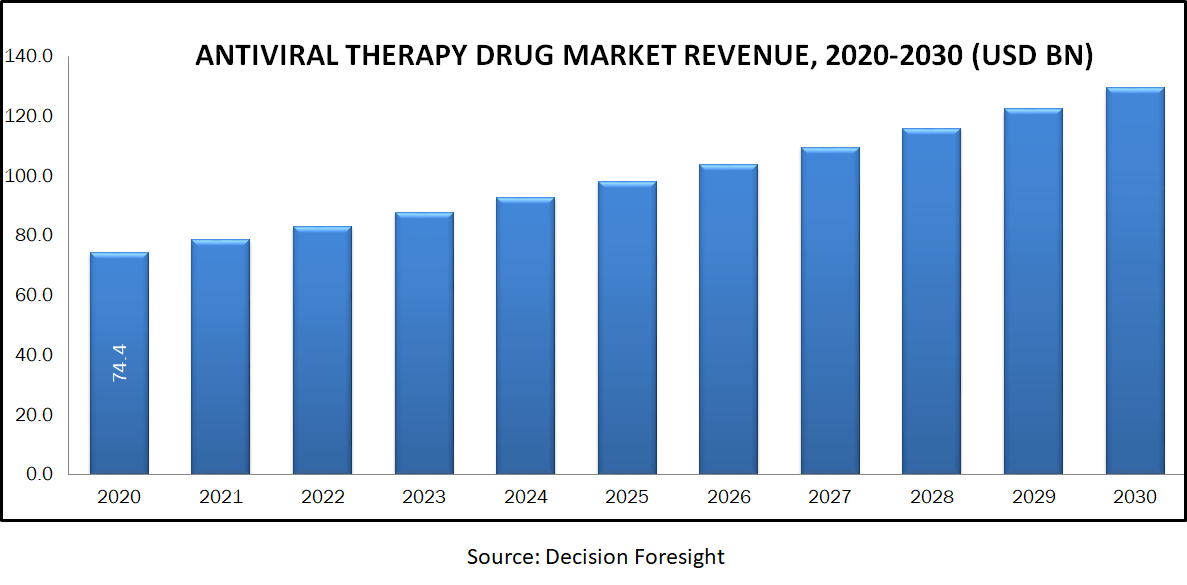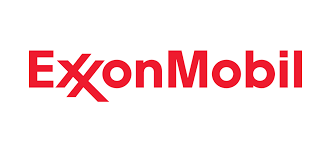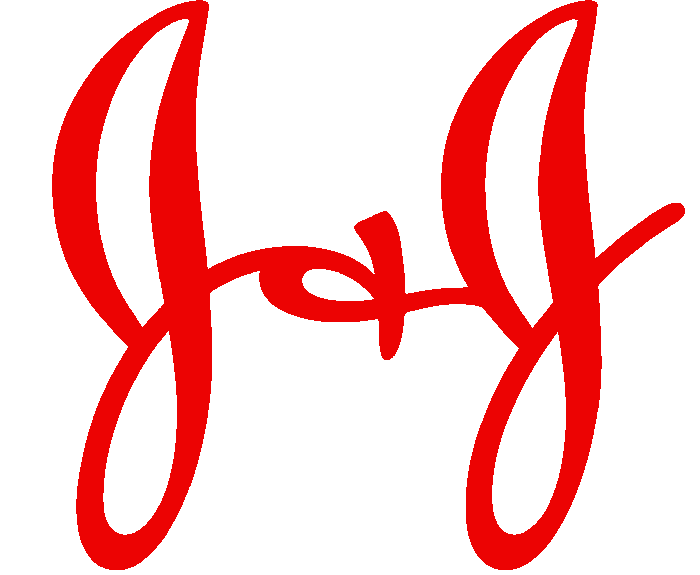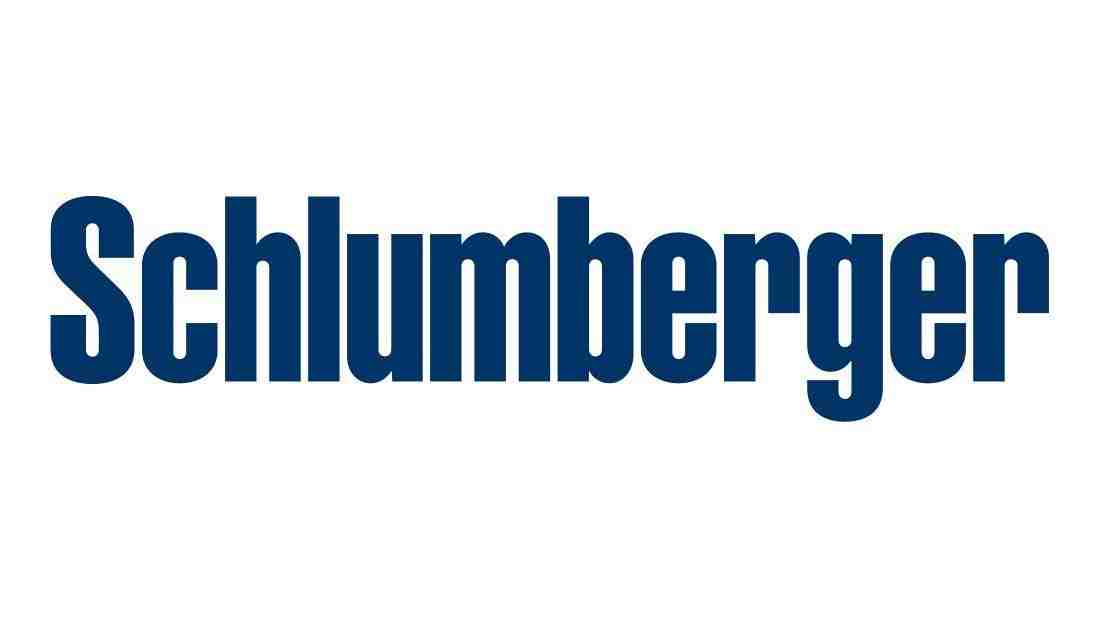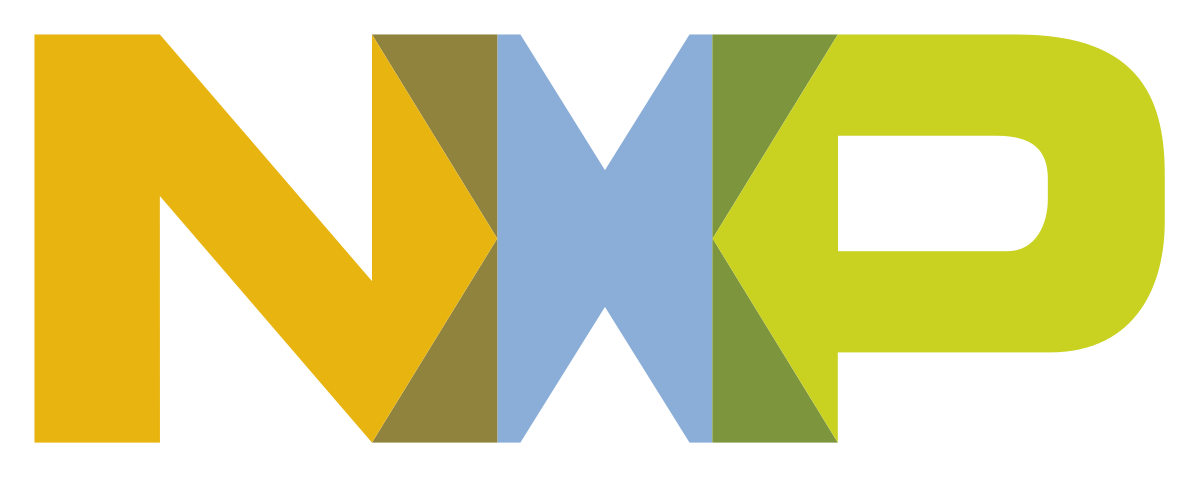Antiviral Therapy Drugs market size was valued at USD 57.7 billion in 2020 and is anticipated to reach USD 72.4 billion by 2030 with the CAGR of 2.3% over the forecast period. Antiviral drugs are medications used for treating viral infections. Unlike most antibiotics, antiviral drugs do not destroy their target pathogen instead they prevent their development. Maximum of the antiviral drugs now offered are intended to deal with, herpes viruses, HIV, influenza A and B viruses and hepatitis B and C viruses. Growing cases of HIV infections are projected to rise the demand for antiviral drugs. According to the WHO (World Health Organization) worldwide these annual epidemics are projected to result in about 3-5 million cases of severe illness and about 2,90,000 to 6,500,00 respiratory deaths. In industrialized countries most of deaths related with influenza occur among age 65 or older. Research projected that 99% of deaths in children under 5 years of age with influenza related lower respiratory tract infections are found in developing countries like South Korea, China, and India among others. Moreover, it is estimated that 257 million people living with chronic hepatitis B and 71 million people living with chronic hepatitis C worldwide. According to WHO it was estimated that hepatitis A caused approximately 7314 deaths in 2016. This is further projected to drive the demand for antiviral therapy drugs market.
Market Segmentation:
On the basis of the drug class type, the global antiviral therapy drugs market distributed into DNA polymerase inhibitors, reverse transcriptase inhibitors, protease inhibitors, neuraminidase inhibitors, and others. Based by application the market is categorized into HIV, hepatitis and influenza. On the basis by type, the antiviral therapy drugs market is segmented into branded and generic. Geographic breakdown and analysis of each of the aforesaid segments includes regions comprising North America, Europe, Asia-Pacific, and RoW.
Market Dynamics and Factors:
Growing incidence of viral infections such as influenza, HIV, respiratory syncytial virus (RSV), hepatitis, and influenza is projected to drive the demand for antiviral drugs. Increasing incidence of viral infections globally and presence of robust product pipeline with several pharmaceutical giants are the factors that drive the antiviral therapy drugs market growth. Rising cost for the treatment of these diseases and a shift in the preference of patients towards naturopathy and homeopathy are some main factors responsible to hinder the antiviral therapy drugs market growth. However, to eradicate these infections R&D is done in developing combination therapies and hence this has projected to profitable opportunities for the growth of the antiviral therapy drugs market. Additionally, the essential information required for analysing antiviral therapy is easily available to the healthcare fraternity. Therefore, the global antiviral therapy drugs market is anticipated to attract decent revenues in the forecast year. However, growing usage of natural products and rising cost of developing drugs are the key challenges faced by the market. The data published by WHO, hepatitis B produced around 887,000 deaths in 2015. Furthermore, it was projected that around 257 million patients were living with hepatitis B virus (HBV) infection in 2015. This is likely to initiate the demand for efficient treatment solutions such as antiviral drugs.
Geographic Analysis:
North America has dominated the antiviral therapy drugs market. The market is mostly driven by factors which includes of increasing healthcare expenditure, growing healthcare awareness such as the growing incidence of infectious diseases, rise in the geriatric population base. The presence of well-established market players and rising incidence of hepatitis C infections and HIV are some more factors for the antiviral therapy drugs market growth. Moreover, the majority of HIV antiviral therapy drug consumption was exhibited in the North American region. Asia pacific is the second dominating in the antiviral therapy drugs market. The presence of a strong and established generic drugs market, improving economic stability and increasing patient pool, are some of the key factors to provide growth opportunities for antiviral therapy drugs market. HIV is a main global public health issue. 24.5 million of the population were accessing antiretroviral therapy by the end of 2019 according to UNAIDS data in 2019. Around 1.7 million people became newly infected with the virus in 2018. Majority of people living with HIV are located in (developing) low- and middle-income countries, with a projected 66% living in Sub-Saharan Africa. A majority of global companies are strategizing their HIV-based products in the emerging markets for the usage of antiviral therapy drugs market during the forecast period.
Competitive Scenario:
The key players for the global antiviral therapy drugs industry are Gilead Sciences, F. Hoffmann-La Roche AG, GlaxoSmithKline plc. AbbVie; Merck & Co. Inc., Johnson & Johnson Services, Inc., Bristol-Myers Squibb Company, Cipla Inc., Aurobindo Pharma.
Antiviral Therapy Drugs Market Report Scope
| Report Attribute | Details |
| Analysis Period | 2020–2030 |
| Base Year | 2021 |
| Forecast Period | 2022–2030 |
| Market Size Estimation | Billion (USD) |
| Growth Rate (CAGR%) | 2.3 % |
|
| By Drug Class (DNA Polymerase Inhibitors, Reverse Transcriptase Inhibitors, Protease Inhibitors, Neuraminidase Inhibitors, and Others.), By Application (HIV (Human Immunodeficiency Virus), Hepatitis, and Influenza), By Type (Branded and Generic) |
| Geographical Segmentation | North America (U.S., Canada, Mexico) Europe (UK, Germany, Italy, France, Rest of Europe), Asia-Pacific (China, Japan, India, Australia, Rest of APAC), South America (Brazil, Argentina, Rest of SA), MEA (UAE, Saudi Arabia, South Africa) |
| Key Companies Profiled | Gilead Sciences, F. Hoffmann-La Roche AG, GlaxoSmithKline plc. AbbVie; Merck & Co. Inc., Johnson & Johnson Services, Inc., Bristol-Myers Squibb Company, Cipla Inc., Aurobindo Pharma. |
|
|
|
